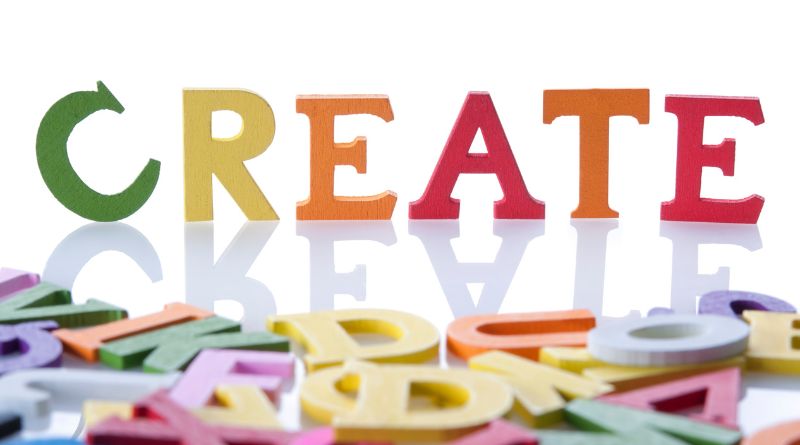7 Tips for Creating Stunning Templates
It’s no secret that templates make your life easier. They give you the framework you need to create great designs, they cut down on design time, and they save you from having to reinvent the wheel every time you start a new project. If you want to create truly fantastic, unique designs using templates, though, you need to follow these 7 tips for creating stunning templates.
1) Keep it simple
- Focus on high-quality images
- Use high-resolution files to avoid pixelation and image distortion when resizing
- Create a grid system, it will make your design feel more uniform and help your other elements line up nicely
- Make sure the color palette suits the brand you’re working with
- Ensure that fonts are legible, while also providing variety in weight and style (sans serif vs slab)
- Be creative with shapes (one of the easiest ways to make something new)
- Keep templates fully editable so that users can personalize their own work
2) Make it easy to follow
It’s not hard to make something look nice. It’s easy to buy a template and change it up a little bit, but you can spend the time and effort to do something much more unique and spectacular. With these 7 tips, you can create templates that will have your audiences marveling at your work:
– Make it customizable Ensure that what you’re designing is completely user-customizable. Include instructions on how to edit the template so that there’s no confusion as to what’s possible. This one step will really show off your skills because people won’t expect you’ll put so much thought into your designs.
3) Use bright, eye-catching colors
If you’re making templates for a website, then bright colors are your best bet. The brighter and bolder the colors, the more attention it will garner. You’ll be able to get in touch with your creative side while still upholding the rules of web design best practices if you can balance bright colors with soft, simple layouts. As always, don’t forget to research which fonts and icon sets are most appropriate for whichever theme you’re creating. It’s all about balance–just make sure not to go overboard on too many trendy themes at once!
4) Highlight with color changes
- First and foremost, it is crucial to use the right set of colors that match your brand palette. For example, one could go with a navy blue and white color scheme or a vibrant pink and purple scheme.
- One must not underestimate the importance of color in design, after all, colors evoke emotions and take attention away from other less important aspects of the template. So be bold but make sure to be consistent with your own preferences so you can establish your own signature style.
- Choosing fonts comes next on our list of dos and don’ts when creating a template because fonts say a lot about you as a person or as an organization without saying anything at all which is why they should not be ignored while designing templates!
5) Don’t use too many fonts
A mistake many graphic designers make is using too many fonts. This creates a chaotic look, which will not project the desired professional image. If you’re using more than one font, use no more than two and keep them close to each other on the page. A good idea is to use a serif and sans-serif font together to create balance in your design. When selecting fonts, choose fonts that are easy to read and appealing. For headers or subheaders, try choosing a font that contrasts with the rest of the text on the page. Avoid using handwritten fonts, as they can be difficult to read.
6) Keep it clean and clutter-free
#1 Develop a Style Sheet Every project has it’s own unique style, so make sure to develop a style sheet that reflects this. This can be achieved by making a template of all the components and how they are laid out. You’ll have the flexibility to change or update all the components at once instead of changing one at a time and then realizing that there is something you missed.
#2 Let Your Text & Design Tell A Story
#3 Add Color To Your Website Templates
#4 Utilize Whitespace
#5 Align Type Correctly
#6 Keep Fonts Consistent
#7 Treat Fonts as Typefaces
7) Test your template on others
We want your design to make a great first impression on whoever sees it. The key is to keep the design simple and uncluttered, without overwhelming the viewer with text and images. We recommend looking through some of the popular templates on Envoi Market to get inspiration and see what works! Good luck!
One way to ensure that your template is user-friendly is by testing it out on others before you publish it. Load up a web browser window with your template and send links to different people in different parts of the world (or even at work) so they can test how well they can navigate through its various pages, links, and other content. This helps you quickly find out where things are not working properly so you can fix them before publishing. Another thing to note during testing—keep an eye out for whether viewers get stuck or confused when using any links or menus within your template (assuming they are there). You want visitors to be able to easily find their way around, so don’t forget that extra legwork!






